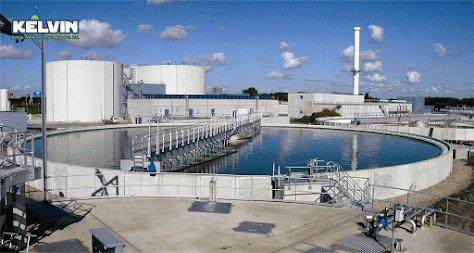ETP Improves Performance and Reduce Water Pollution
Improving the performance of effluent
treatment plant to completely reduce the costs of operating, observe with the
conditions of discharge consent and completely minimize water pollution is
quite high on the particular agenda of various industrial organizations. This
good and informative practice guide generally deals with improving the entire
performance of ETP Plant
generally to reduce all the operating costs and completely reduce the waste
water. Most of the organizations operate multiple effluent treatment plants
significantly to reduce the entire potential for environmental pollution of
receiving waters and to observe with conditions of discharge consent.
Effective
Control and Management of the Processes that are used For ETP
Plant Will Basically Help You To:
1. Reduce your costs of operating and
therefore increase all the profits.
2. Achieve a lot more effective consent
with legislation.
3. Improve the public image of your
organization.
Reduce
Costs of Effluent Treatment:-
A deep and thorough understanding of all
the properties and the nature of the effluents of your company is quite
essential for pollution control that is cost-effective. You need to know how to
properly characterize all of your effluent streams and completely identifies
the parameters of key control. You should know how to improve the entire
performance of the most common processes of the treatment, including
equalization, neutralization and sludge treatment that is activated. You also
should have the idea on how to reduce costs of sludge management.
Improving
The Entire Performance:-
Improving the entire performance of the ETP
Maintenance Services will basically reduce the operating costs of your site
and make it quite easier for your site to observe with its conditions of
discharge consent.
Sites that are basically discharging to
sewer will also completely reduce their effluent charges of the trade.
Quite an Effective Effluent Management:-
Below are the steps to quite an effective
effluent management are as follows:-
1. Completely characterize all effluents
that are produced on-site.
2. Generally, implementing a program of
waste minimization to reduce the strengths and volume of effluents.
3. Fully, incorporate in-process treatment
and conditioning, where appropriate and needed.
4. Install and Determine segregation
facilities to properly tailor options of treatment.



This comment has been removed by a blog administrator.
ReplyDelete